Robot provides magnification, aids suturing
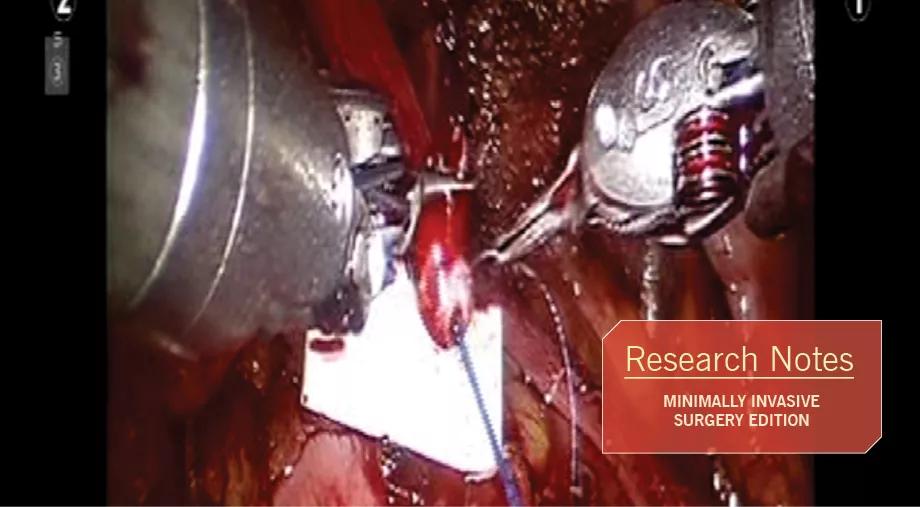
By Alan Polackwich, MD; Jihad Kaouk, MD; and Edmund Sabanegh Jr., MD
Cleveland Clinic is a non-profit academic medical center. Advertising on our site helps support our mission. We do not endorse non-Cleveland Clinic products or services. Policy

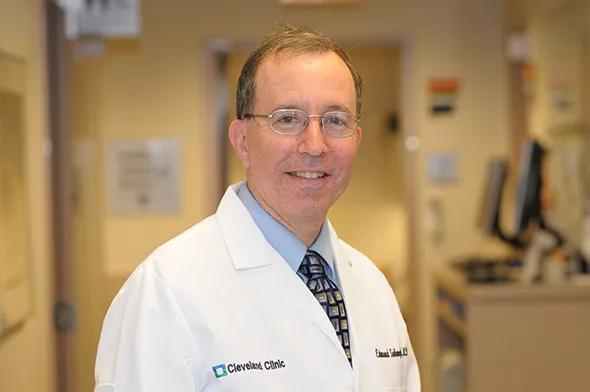
Edmund Sabanegh Jr., MD
Robotic surgery has become a staple of urologic surgery, with outcomes that are similar to or better than their open equivalents.
When evaluating the potential advantages of a robot-assisted approach over the open surgical approach, we must take into account the features of the robotic system and the restrictions posed by the patient’s anatomy.
We have recently developed techniques to apply robotic technology in complex vasal reconstructions where open surgery with high optical magnification is difficult or impossible.
Vasal obstruction is commonly secondary to intentional vasectomy or iatrogenic surgical injury such as during an inguinal hernia repair. Typical cases where the obstruction is within the scrotum are amenable to open microscopic reconstruction and, though robotic assistance has been described, it is not required in these cases.
Obstructions above the internal ring, such as those secondary to injury from a laparoscopic inguinal hernia repair or intentional vasectomies performed during the course of other planned intra-abdominal surgery, are more difficult to address due to the long obstructive length and intra-abdominal location of the obstruction. This requires performing the delicate anastomosis within the pelvis, which is a tight, confined space with limited options for surgical magnification.
Performing a microscopic anastomosis in an area such as the pelvis requires significant magnification as well as surgical precision to allow for a high-quality repair. It is impossible to use standard vasovasostomy techniques with an operating microscope under such conditions.
We have explored the utility of a robotic surgical platform in this scenario. In addition to providing 10x magnification within the pelvis, robot assistance enables surgeons to “scale” their movements, allowing for the precision necessary to utilize 10-0 and 9-0 suture as required for vasovasostomy.
Here we review an intra-abdominal vasovasostomy we performed for such an obstruction.
The patient was a 34-year-old man who had had a laparoscopic vasectomy 10 years prior to presentation, during an exploratory laparotomy to evaluate for the presence of an inguinal hernia. The operative report stated that the vasa had been clipped and divided bilaterally at the level of the internal ring.
After this procedure the patient experienced chronic bilateral orchalgia which worsened with ejaculation. This patient had previously fathered three children, but restoration of fertility was not a concern.
His exam was consistent with bilateral vasectomy, with testicle size of approximately 24 mL and a moderately indurated epididymis on each side. We discussed options for management of his orchialgia and he elected to undergo vasa reconstruction via a robot-assisted laparoscopic approach.
The diVinci® Si Surgical System was used for this procedure. The surgical set-up was similar to our configuration for a robot-assisted laparoscopic prostatectomy. Five ports were used in a “W” configuration centered toward the pelvis, with the patient placed in full Trendelenburg. Upon evaluation of the pelvis, each vas was noted to be clipped and divided at the level of the internal ring.
We first mobilized each vas enough to allow for a tension-free anastomosis. We then trimmed the vas back to healthy-appearing tissue. Upon division of each vas, there was no effluent fluid, likely due to the distance from the testicle to the division point. Because of this, we ensured patency by passage of a 0 prolene suture several centimeters in each direction. Despite the lack of tactile feedback, we visually confirmed the passage without difficulty.

Figure 1. Intraoperative scope image of robotic vasovasostomy. Note that a 2.0 Prolene suture cut in 1-inch length is used as a stent during suture repair of the vas. Fine robotic needle holders are used to suture with 7 and 8.0 Prolene sutures.
We were then able to perform a formal two-layer reconstruction, similar to the technique for intrascrotal vasal reconstruction (Goldstein). We anastomosed the mucosal layer with a double-armed 10-0 nylon, and performed the seromuscular layer sutures with 9-0 nylon. Due to the location of this anastomosis, we had to take full advantage of the magnification and scalable movements available via the robot.
There were no postoperative complications.
The patient had a semen analysis three months post-operatively which showed a sperm concentration of 30 million/mL. At this time he was also found to have nearly complete resolution of his pain, as well as improvement in his epididymal swelling on physical exam.
Robotic vasovasostomy is a novel tool to address difficult intraabdominal vasal reconstruction. Robotic vasovasostomy has been described previously for use in a traditional trans-scrotal approach. In these reports, the robotic approach was used to reduce the challenges of traditional microsurgery by eliminating tremor and providing fine motor control, but the authors did not explore this technique for novel surgical approaches. Another study of 50 patients has shown that there are similar outcomes in vasectomy reversals performed in this manner.
In 2014 we described the robot-assisted vasovasostomy technique for intra-abdominal vasal obstructions. Since that time others have reported similar results in a patient with vasal obstruction due to bilateral hernia repair. These cases demonstrate the efficacy of utilizing magnification and scaling of movements in performing delicate anastomoses in locations where anatomic restrictions preclude typical microsurgical repairs.
In response to the complex location and the difficulty of the anastomosis, other methods have been developed to try to address the issue of obstructions distal to the internal ring or those involving long segments of the vas. In some cases involving long segments of vasal loss, significant length can be recovered through retroperitoneal mobilization. Additional vasal length of as much as 5.8 cm can be obtained through this approach. Nagler et al have also described laparoscopic mobilization of the vas, after which it is brought directly though the external ring. A standard anastomosis is then performed with the assistance of an operating microscope.
Repair techniques in these situations vary widely, as found by a survey of experts in the field. These methods have included the use of longer instruments with a modified one-layer repair, a Gibson incision with open retroperitoneal exposure of the vas with subsequent repair, and a low midline incision, exposing both vasa for repair.
We have found our approach not only safe, but highly effective in treating this difficult issue.
Dr. Polackwich is a urology fellow in Cleveland Clinic’s Glickman Urological & Kidney Institute.
Dr. Kaouk is Director of the Glickman Urological & Kidney Institute’s Center for Robotic and Laparoscopic Surgery and is the Urological & Kidney Institute’s Vice Chair for Surgical Innovations. He is Professor of Surgery at Cleveland Clinic Lerner College of Medicine
Dr. Sabanegh is Chairman of the Glickman Urological & Kidney Institute’s Department of Urology and Professor of Surgery at Cleveland Clinic Lerner College of Medicine.
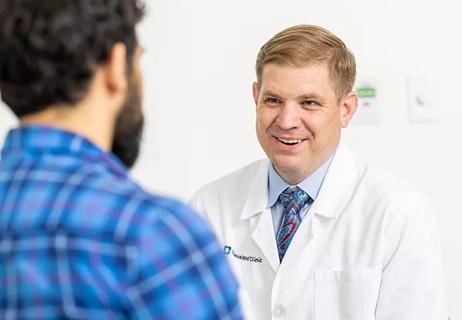
Findings expand upon earlier data, providing new noninvasive options

Cleveland Clinic is the first to investigate photonic nanoparticles as a potential kidney stone treatment

Management of high-risk RMSK in the pre-and current eras of neoadjuvant therapy
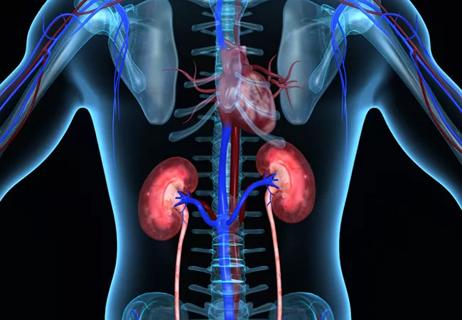
The multidisciplinary research team reported their findings in JAMA

Physicians explain findings from a recent study

Study reviews institutional experience
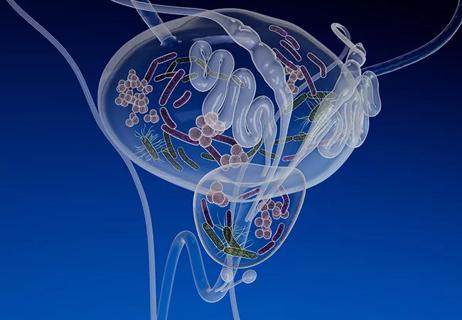
Information on the microbiome and urologic pathologies remain relatively limited
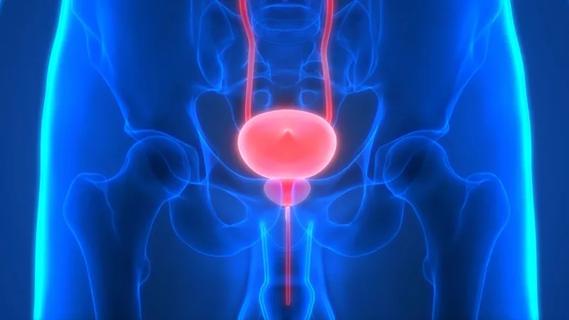
New grant will fund work to map human bladder and ureter at a cellular and molecular level